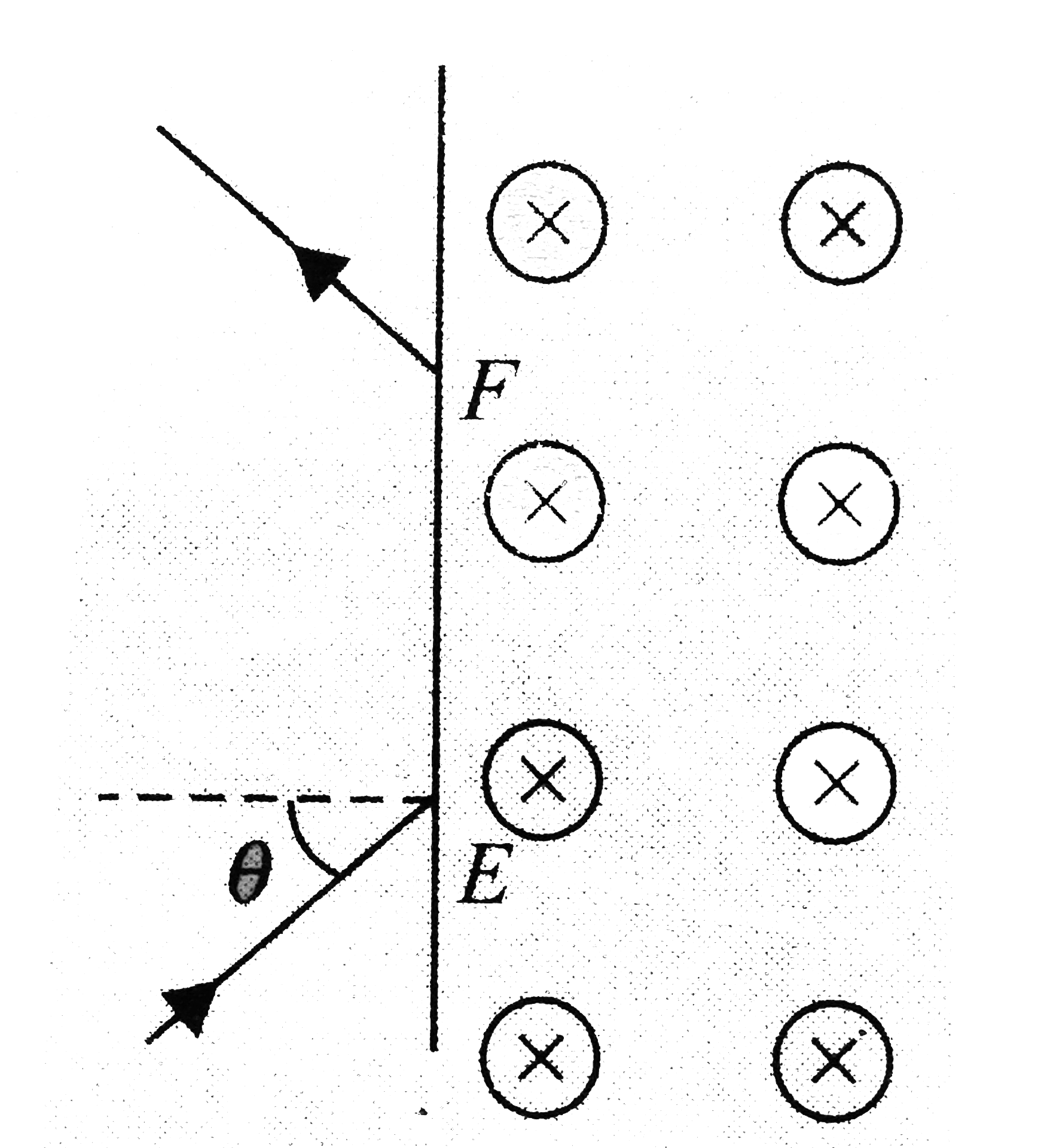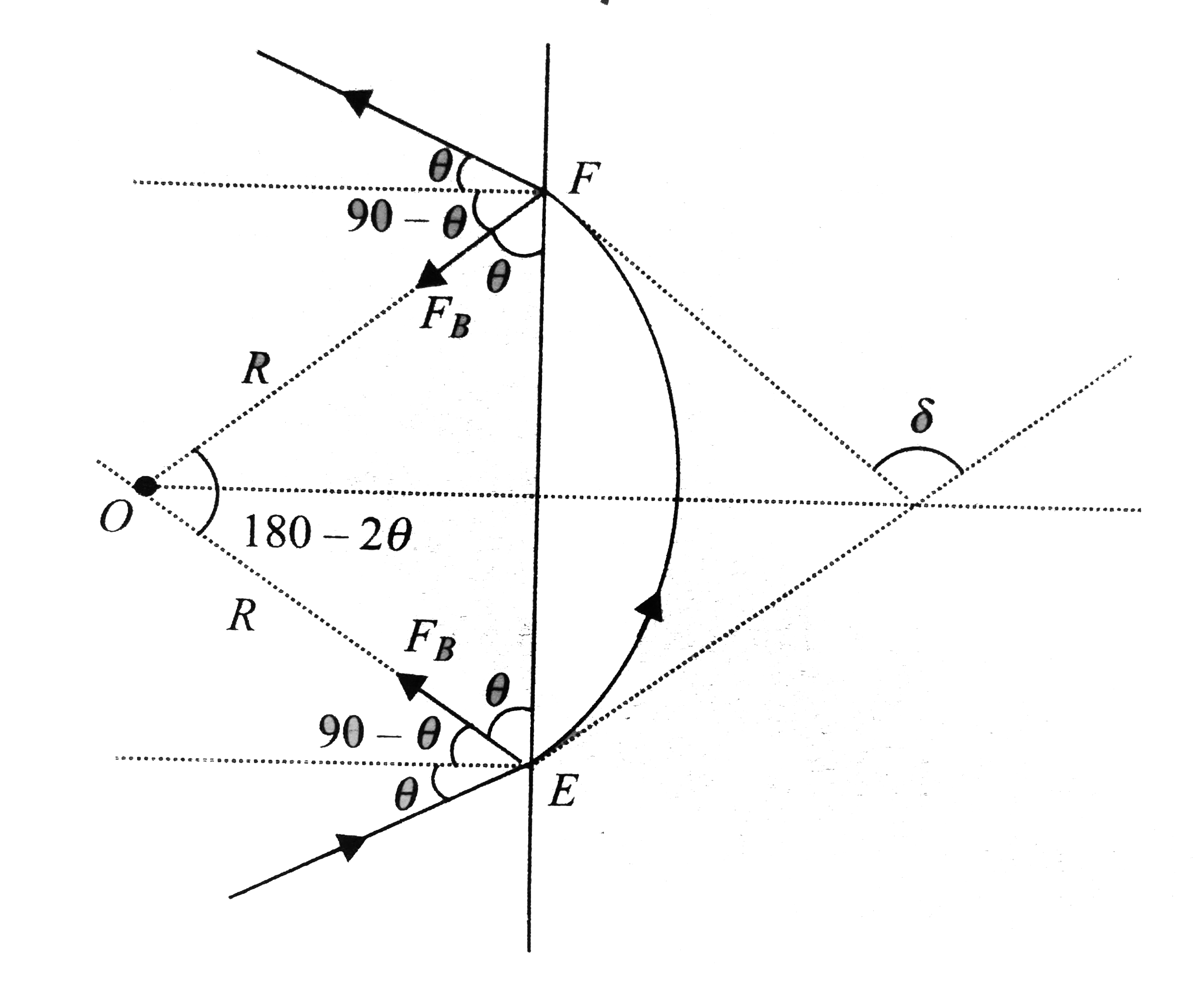Text Solution
Verified by Experts
|
Topper's Solved these Questions
MAGNETIC FIELD AND MAGNETIC FORCES
CENGAGE PHYSICS|Exercise Exercise 1.1|22 VideosView PlaylistMAGNETIC FIELD AND MAGNETIC FORCES
CENGAGE PHYSICS|Exercise Exercise 1.2|13 VideosView PlaylistMAGNETIC FIELD AND MAGNETIC FORCES
CENGAGE PHYSICS|Exercise Multiple Correct Answer type|2 VideosView PlaylistKINETIC THEORY
CENGAGE PHYSICS|Exercise Question Bank|31 VideosView PlaylistMagnetism and Matter
CENGAGE PHYSICS|Exercise Question Bank|50 VideosView Playlist
Similar Questions
Explore conceptually related problems
Knowledge Check
A
B
C
D
Submit
A
B
C
D
Submit
A
B
C
D
Submit
Similar Questions
Explore conceptually related problems
CENGAGE PHYSICS-MAGNETIC FIELD AND MAGNETIC FORCES-Solved Example
- A potential difference of 600 volts is applied across the plates of a ...
03:02
|
Play - A particle of mass 1xx 10^(-26) kg and charge +1.6xx 10^(-19) C trave...
07:28
|
Play - A particle of mass m and charge +q enters a region of magnetic field w...
03:34
|
Playing Now - A beam of protons with a velocity of 4 X 10 ^5 ms^(-1) enters a unifor...
05:52
|
Play - An electron gun G emits electons of energy 2 keV travelling in the pos...
04:39
|
Play - An electron in the ground state of hydrogen atom is revolving in antic...
04:47
|
Play - A particle of mass m and charge q is moving in a region where uniform,...
05:04
|
Play - A uniform constant magnetic field B is directed at an angle of 45^(@) ...
09:31
|
Play - The region between x=o and x = L is filled with uniform, steady magn...
09:23
|
Play - A rectangular loop PQRS made from a uniform wire has length a, width b...
13:46
|
Play - A ring of radius R having unifromly distributed charge Q is mounted on...
06:48
|
Play - In a moving coil galvanometer, torque on the coil can be experessed as...
08:34
|
Play - A slightly divergent beam of charged particles accelerated by a Potent...
06:56
|
Play - A small charged ball having mass m and charge q is suspended from a ri...
06:56
|
Play - Non-relativistic protons move reactilinearly in the region of space wh...
03:05
|
Play - A current i, indicated by the crosses in figure, is established in a s...
07:45
|
Play - A straight conductor of weight 1 N and length 0.5 m, is located in a p...
04:48
|
Play - There is a constant homogeneous electric field of 100 Vm^-1 within the...
04:57
|
Play - A positively charged particle of mass m and charge q is projected on a...
06:07
|
Play - A loop of flexible conducting wire of length 0.5 m lies in a magnetic ...
05:42
|
Play

